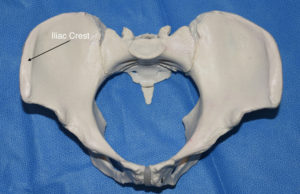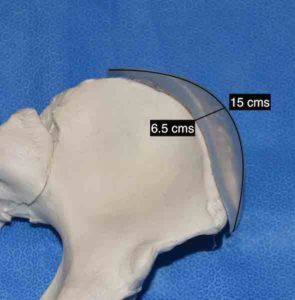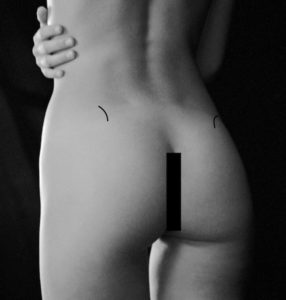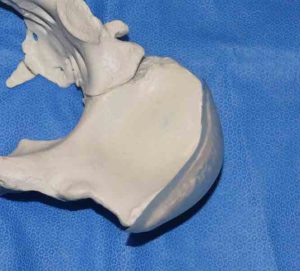The pelvis is large collection of conjoined bones that provides soft tissue support between the abdomen and the thighs. It extends from the lower back by the sacrum and coccyx and extends forward on both sides by a pair of hip bones. These hip bones have three sections to them which include the top (ilium), the sides (ischium) and the bottom. (pubis)

The prominence of the iliac crest has been suggested to play a role in gender identification. Studies have looked at the shape of the ilium and the iliac crest specifically for the purpose of skeletal sex estimation. Such osteologic studies have produced variable findings that remain equivocal about being a clear cut feminine feature. But despite these findings there are some women that desire a greater prominence to their iliac crestal bone.



Dr. Barry Eppley
Indianapolis, Indiana





